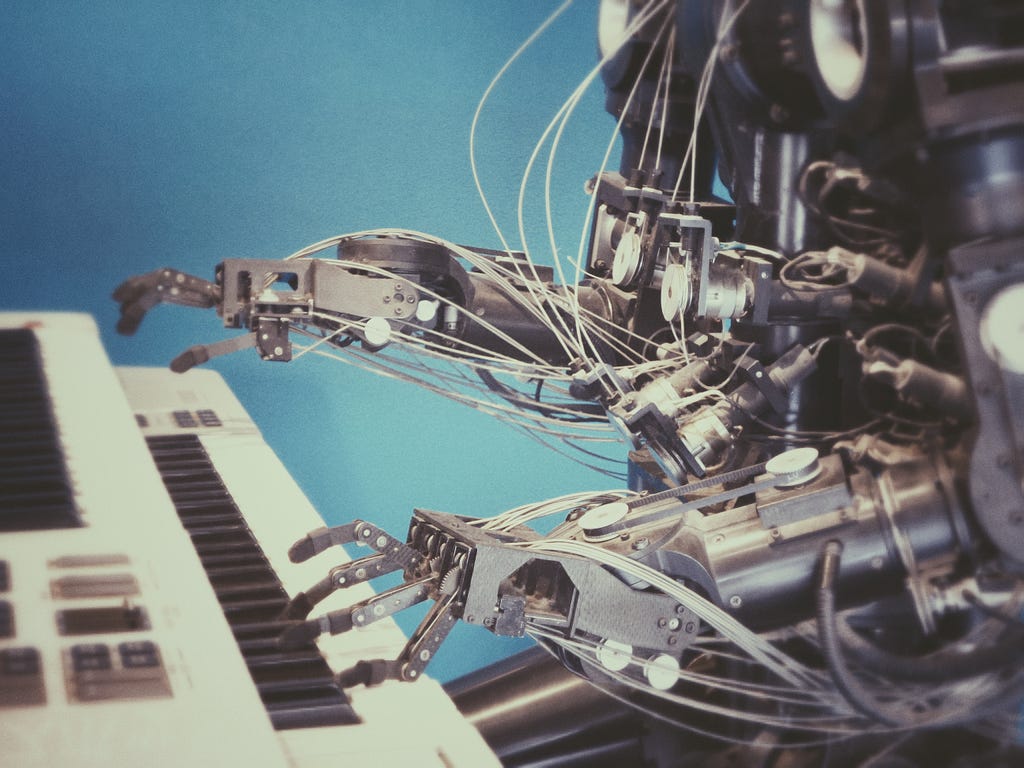Latest news about Bitcoin and all cryptocurrencies. Your daily crypto news habit.

“There’s a lot of research in the direction of enabling human thoughts to be able to control computing devices and physical objects too. I always have a lot of writing to do. When I lay down to go to sleep, paragraphs just come to me. Wouldn’t you like a device that would capture that flow of thoughts and store it somewhere — put it on a screen, put it in Word?” — Dan Olds, analyst at management consulting company OrionX.
The meteoric rise of the Internet of Things (IoT) carries the potential for a future that includes perceptual computing. In other words, it’s possible that people will be able to interact with computers and objects in a similar way to how they interact with other humans, such as through body language, gestures, and far more advanced speech recognition capabilities than exist today.
We already have access to fairly sophisticated human-computer voice recognition technology, like Apple’s Siri, which allows people to interact with their devices using only speech. However, future implementations of human-computer interaction are expected to dramatically alter the way we co-exist with machines and ultimately the manner in which we conduct a significant portion of our daily lives.
What can we expect to see in the next five-to-ten years?
As Dan Olds said in the quote above, some of the most exciting research exists in concepts related to enabling human thoughts to control computers and physical objects. It’s expected that advancements in IoT and computing power in conjunction with artificial intelligence and sensors could help pave the way for this idea to come to fruition within the next decade.
In the shorter-term, it’s predicted that voice interaction will greatly expand, with some predicting an over 80% adoption rate of speech recognition technology in the next five years. As screen sizes decrease, interfaces become harder to navigate with touch. And as speech recognition technology improves, the majority of people will likely use their voice for a large portion of the daily interactions with their devices. The virtual and augmented reality landscapes will also radically change in the coming years. The rising use of headsets will facilitate a wide range of conveniences, such as being able to look at a restaurant and see its menu and Yelp rating floating in the air next to it. Or having Google Maps directions projected onto the road in front of you as you drive to your destination. That is, if your car isn’t driving itself by then.
IoT has already changed our lives dramatically, and the possibilities for the not-too-distant future are truly incredible, with access to technologies and experiences that most people can’t even imagine today.
Written by Igor Ilunin, head of IoT at DataArt.
Human-Computer Interaction: Where Do We Go From Here? was originally published in Hacker Noon on Medium, where people are continuing the conversation by highlighting and responding to this story.
Disclaimer
The views and opinions expressed in this article are solely those of the authors and do not reflect the views of Bitcoin Insider. Every investment and trading move involves risk - this is especially true for cryptocurrencies given their volatility. We strongly advise our readers to conduct their own research when making a decision.
